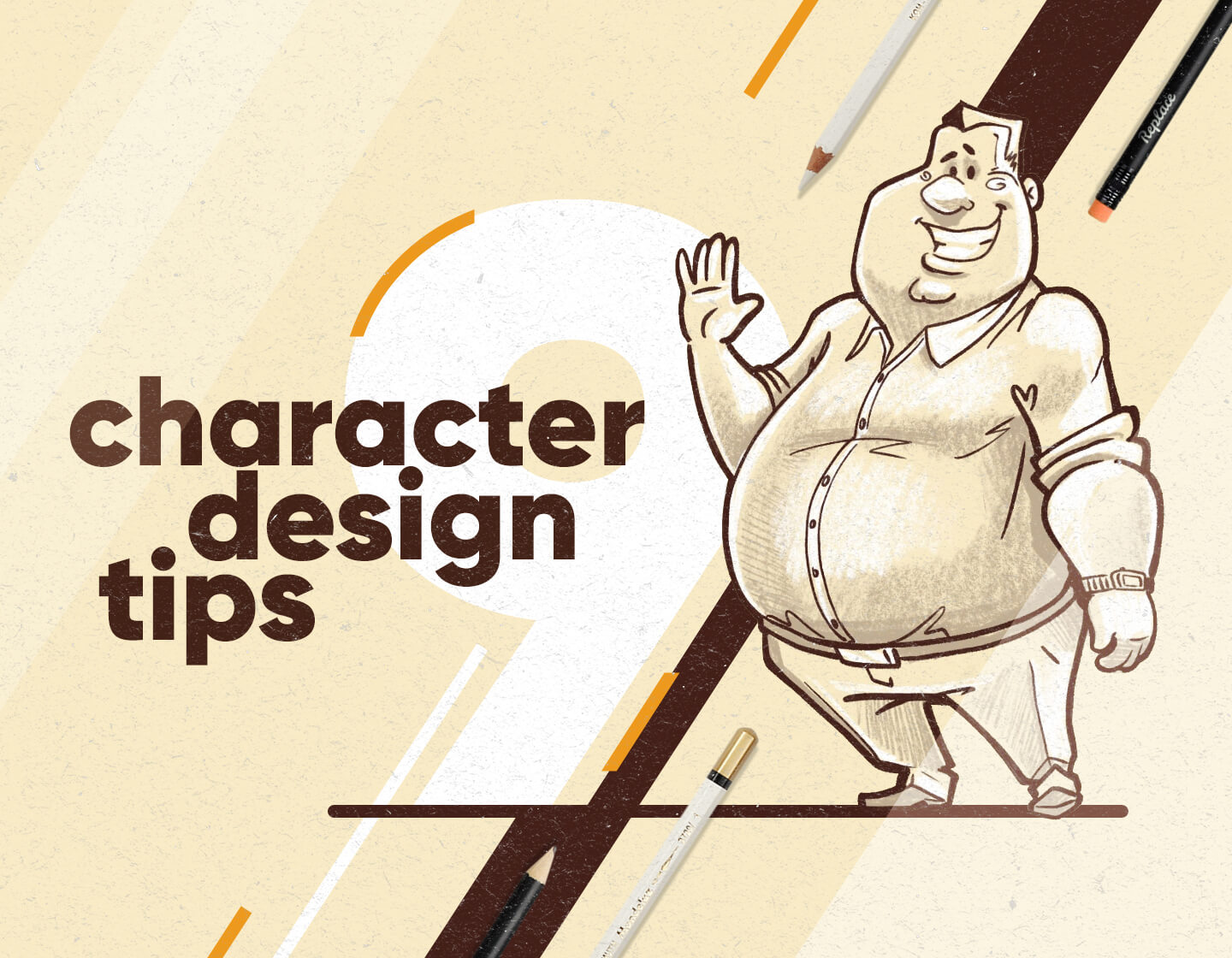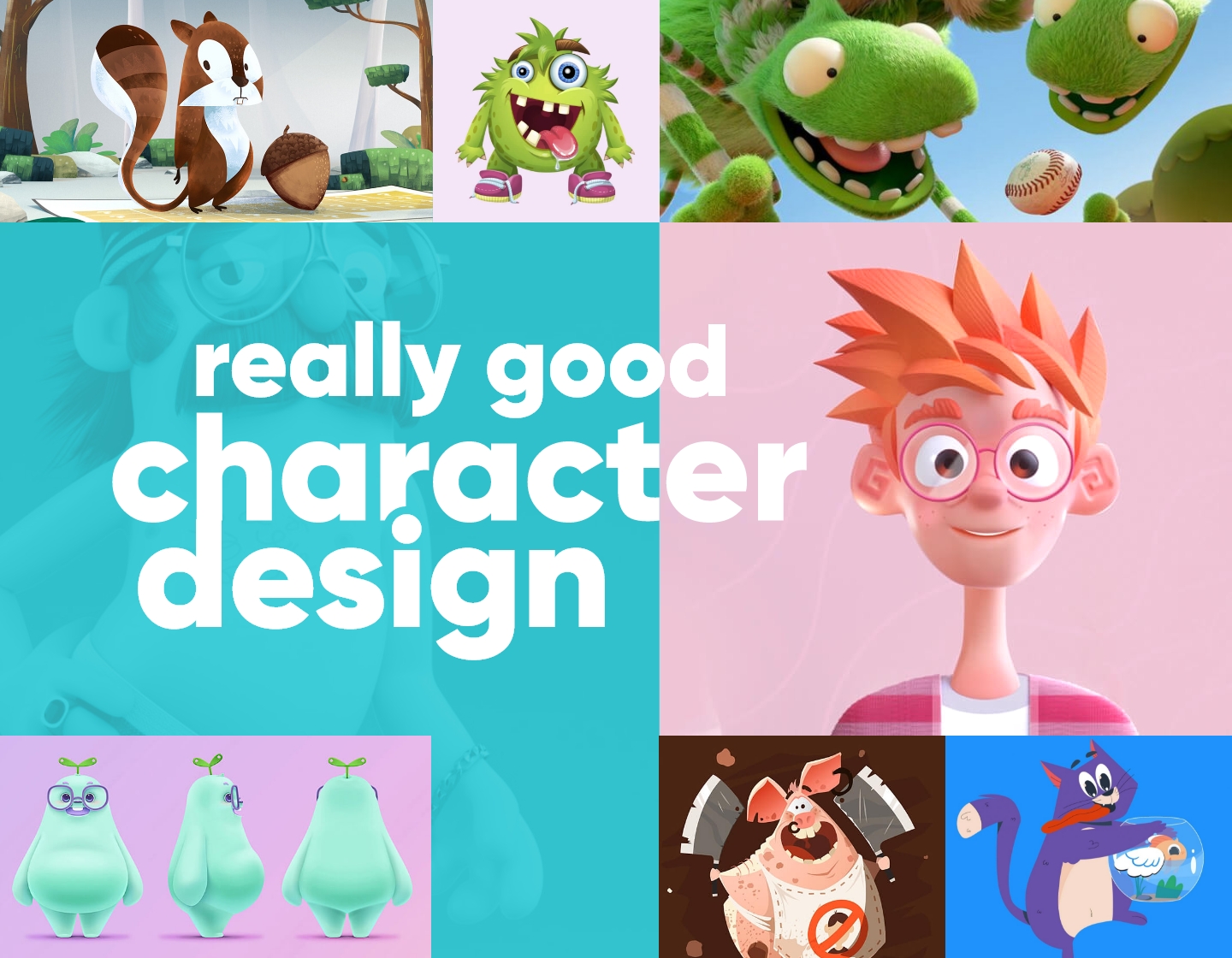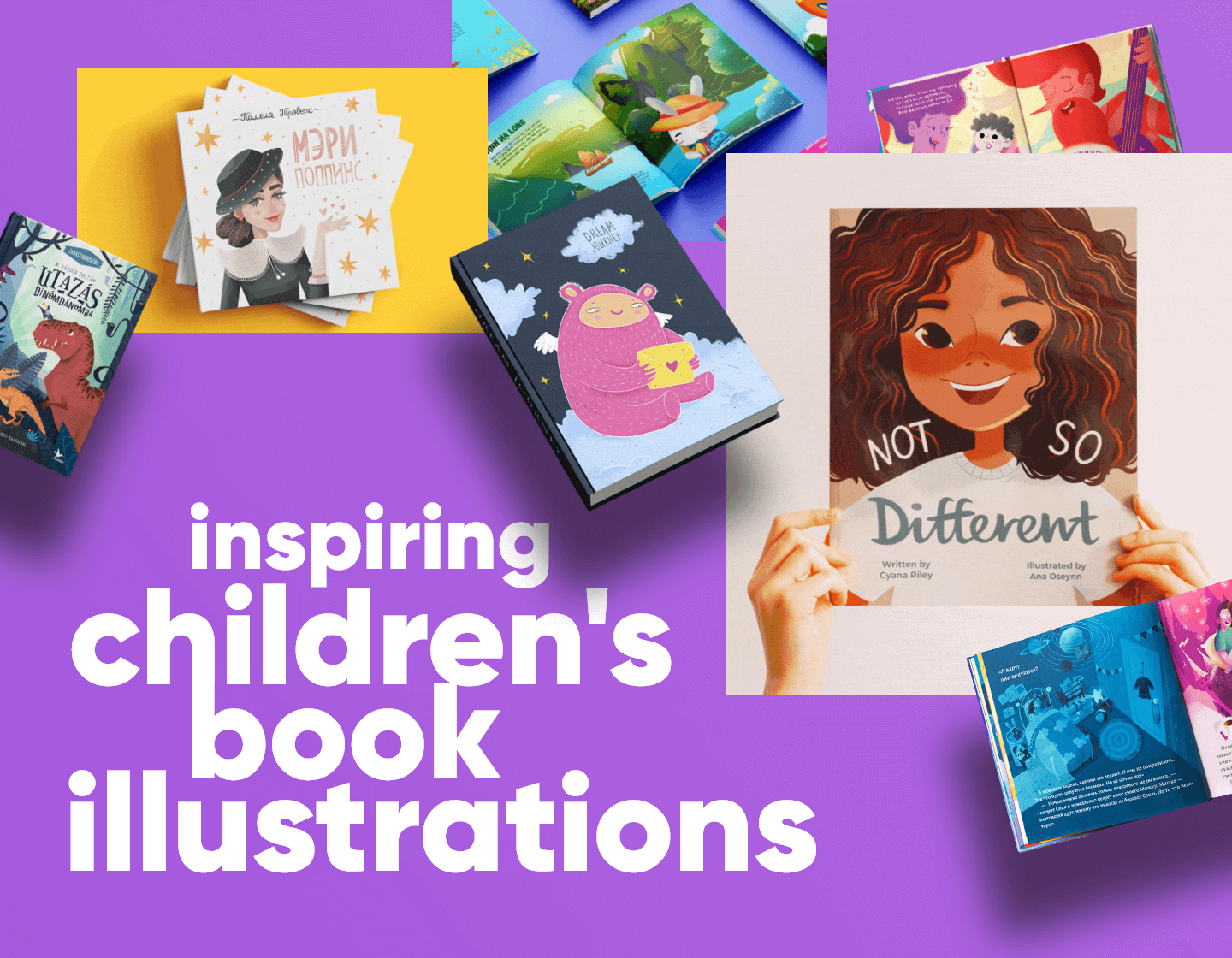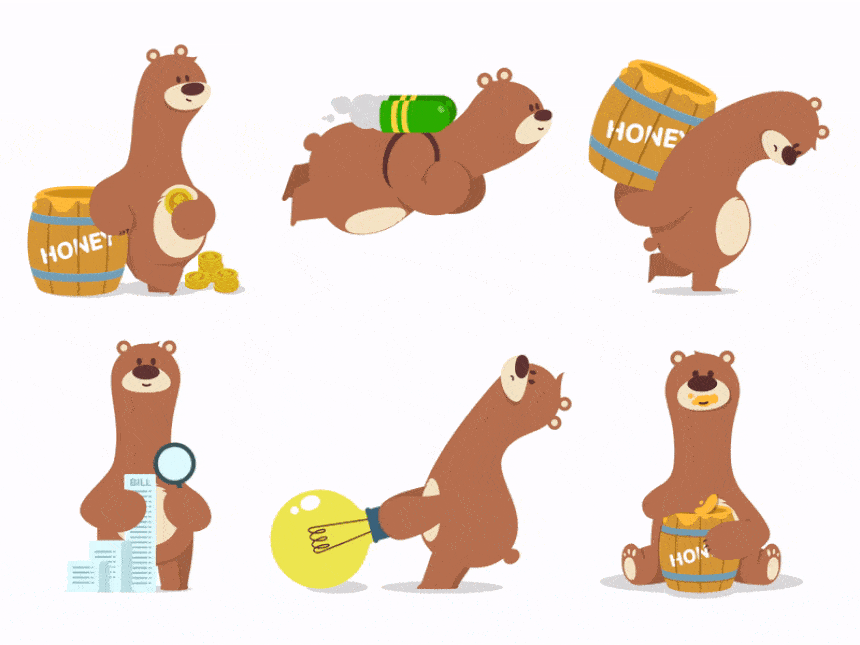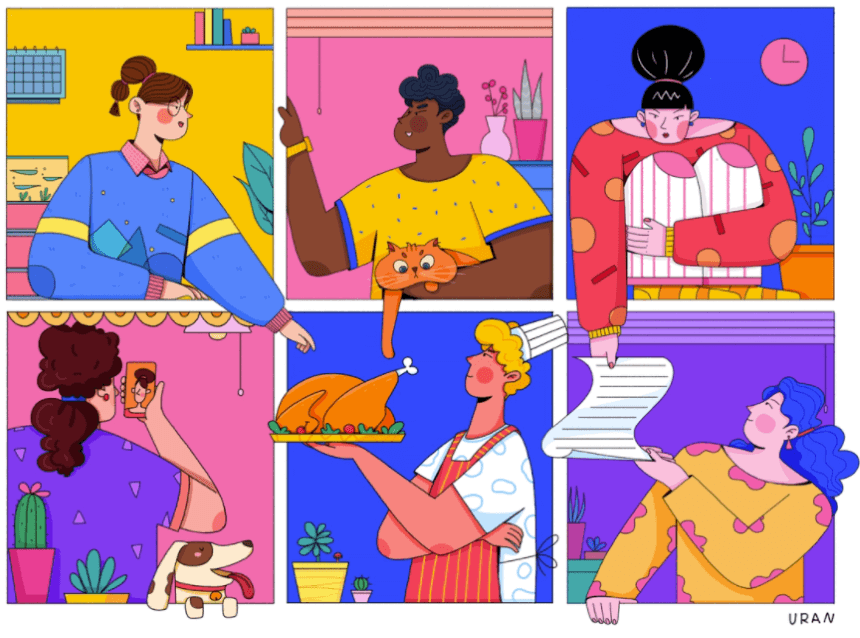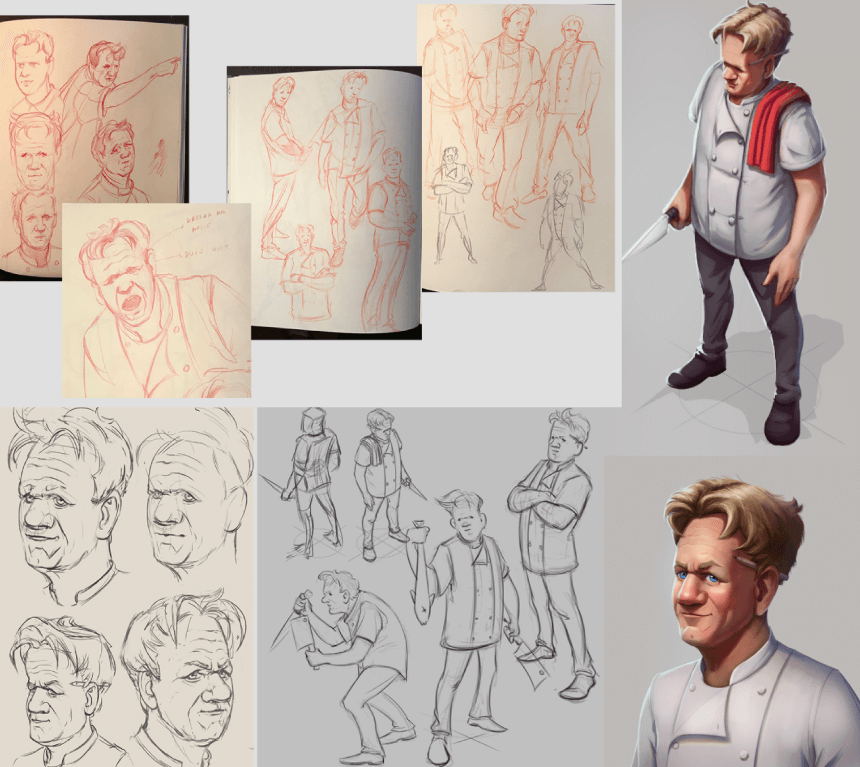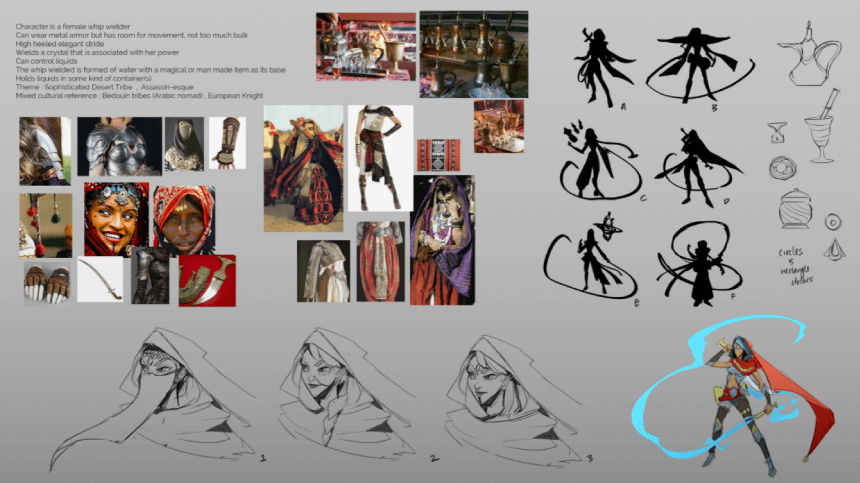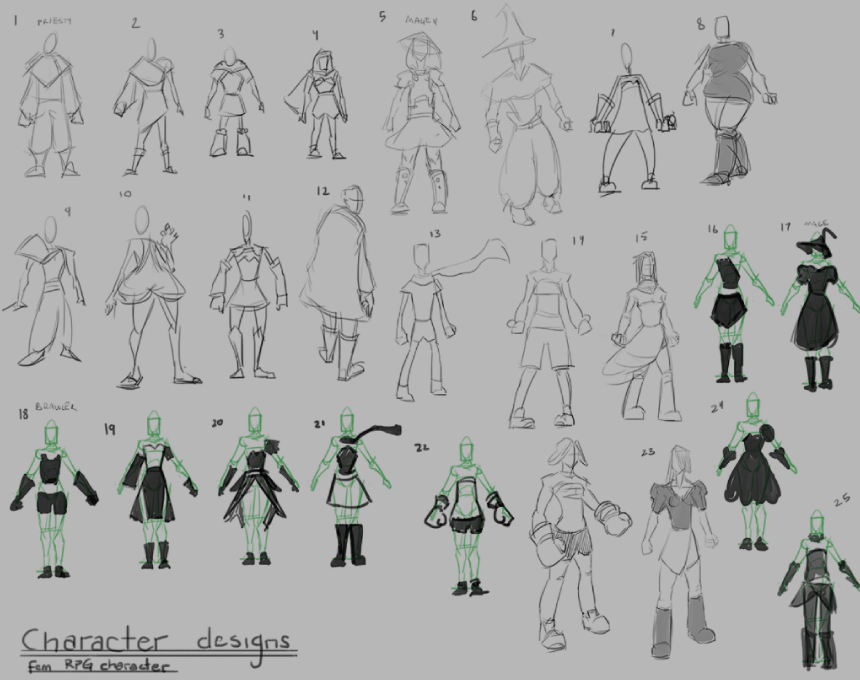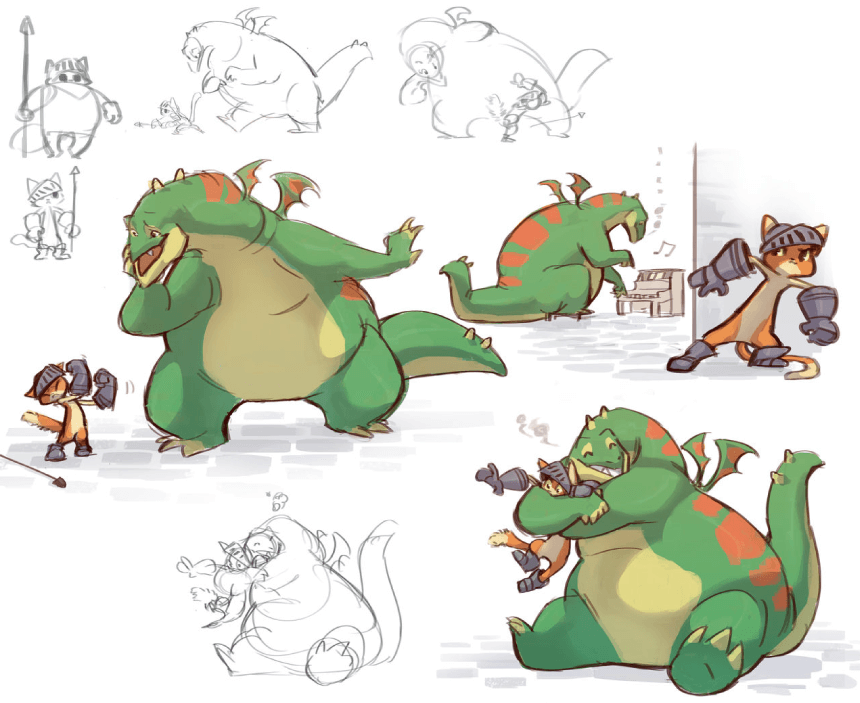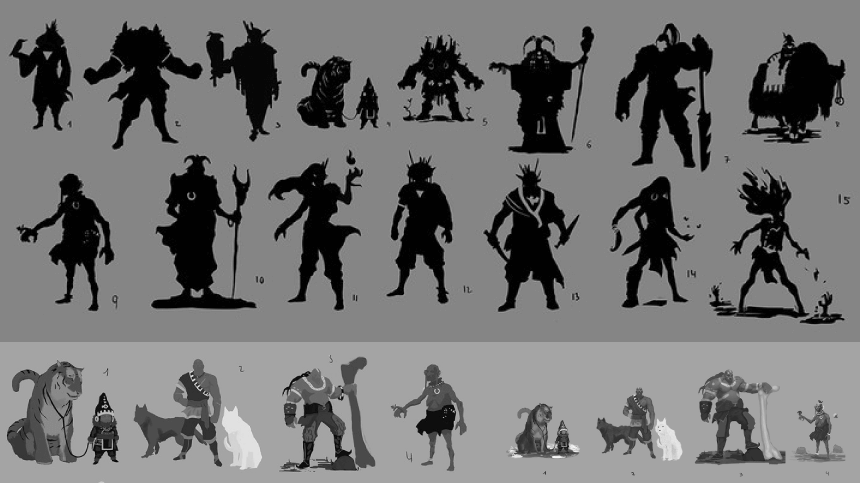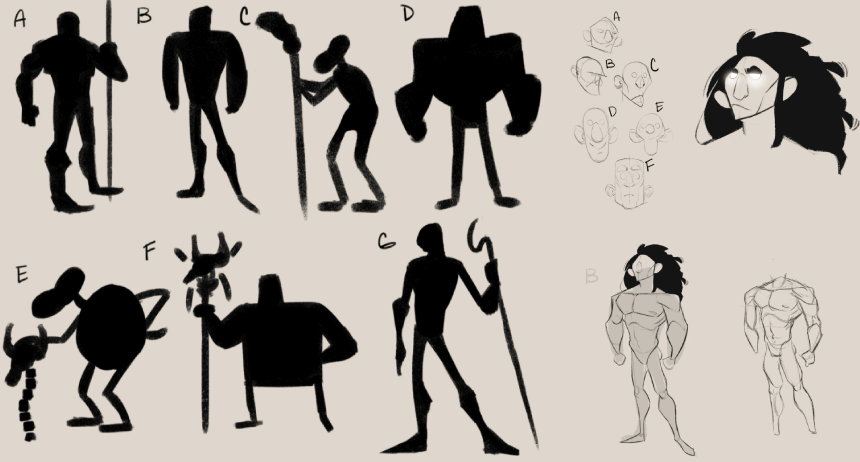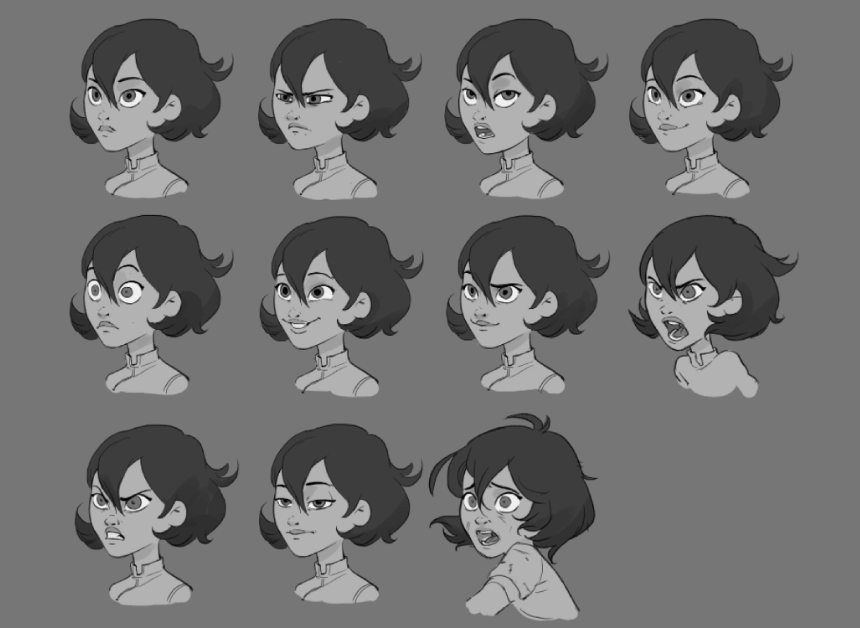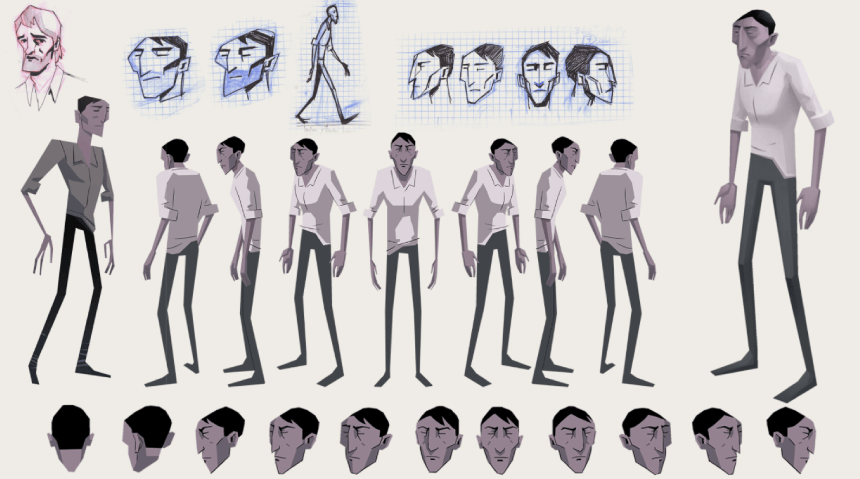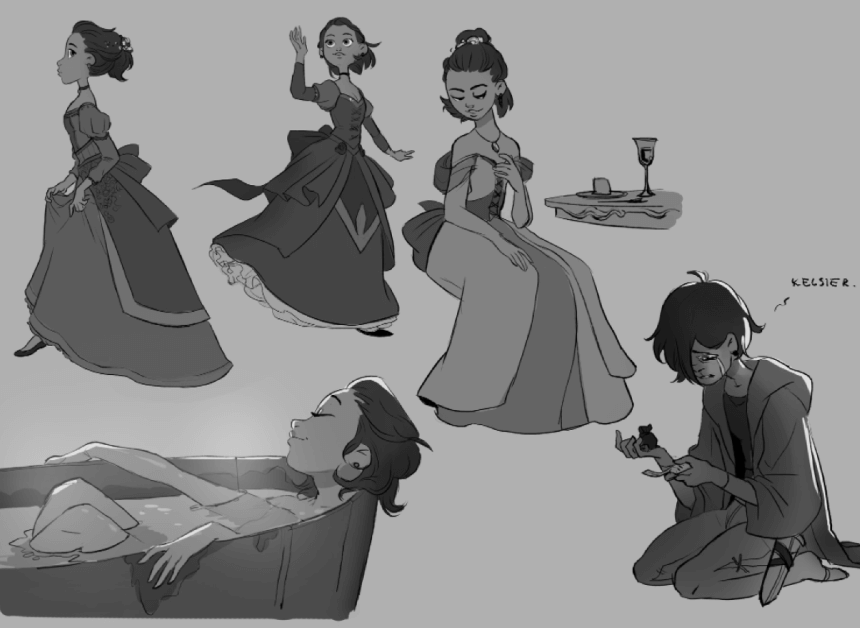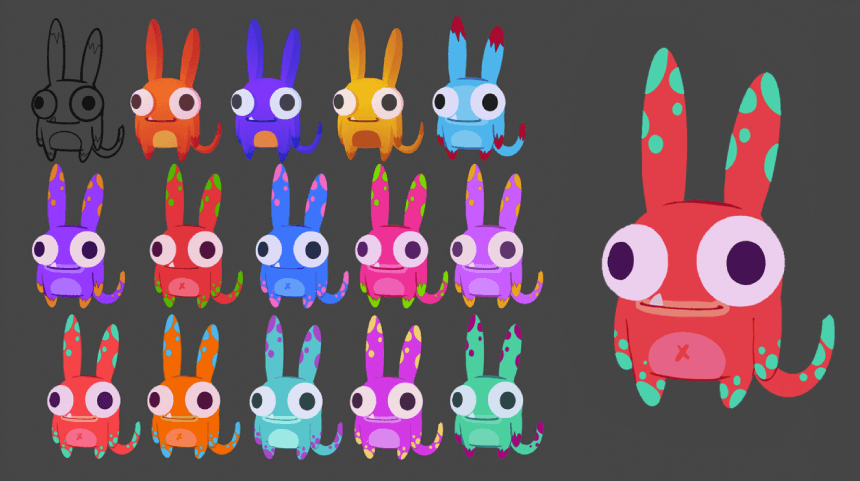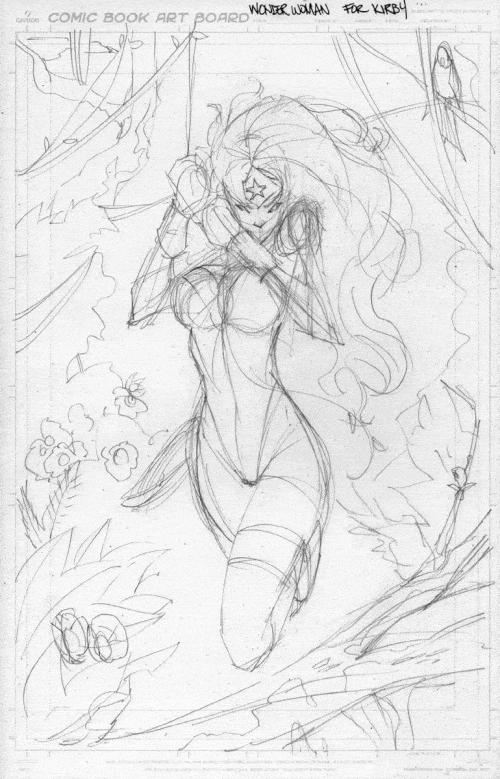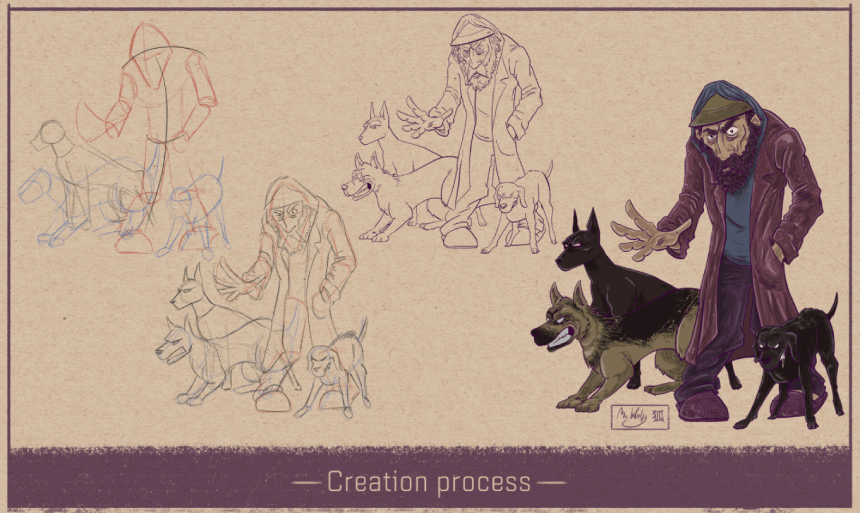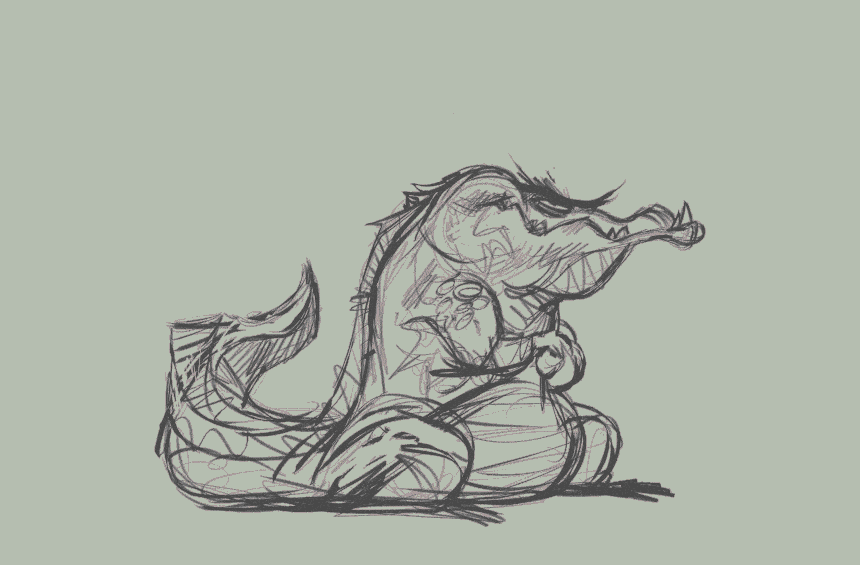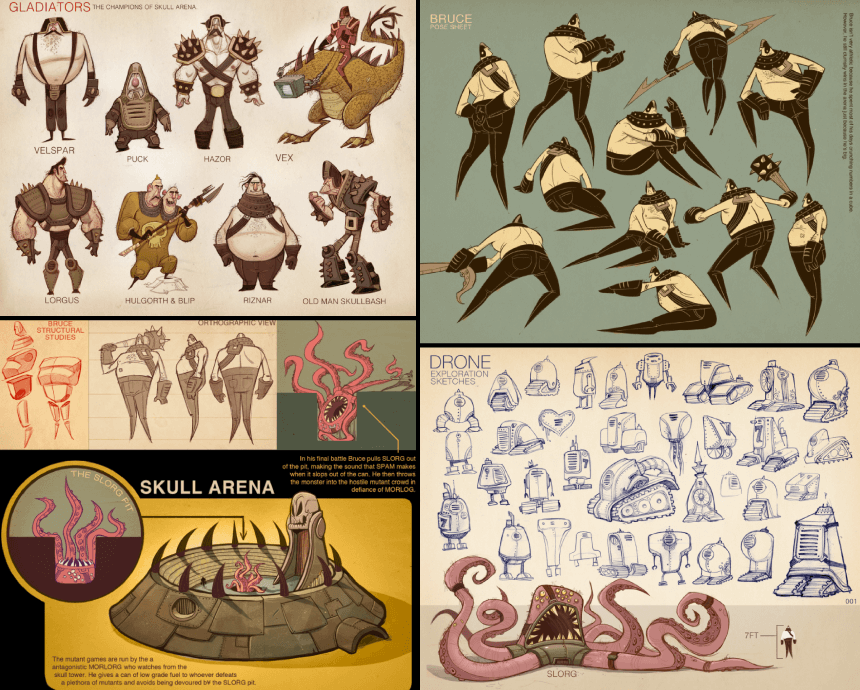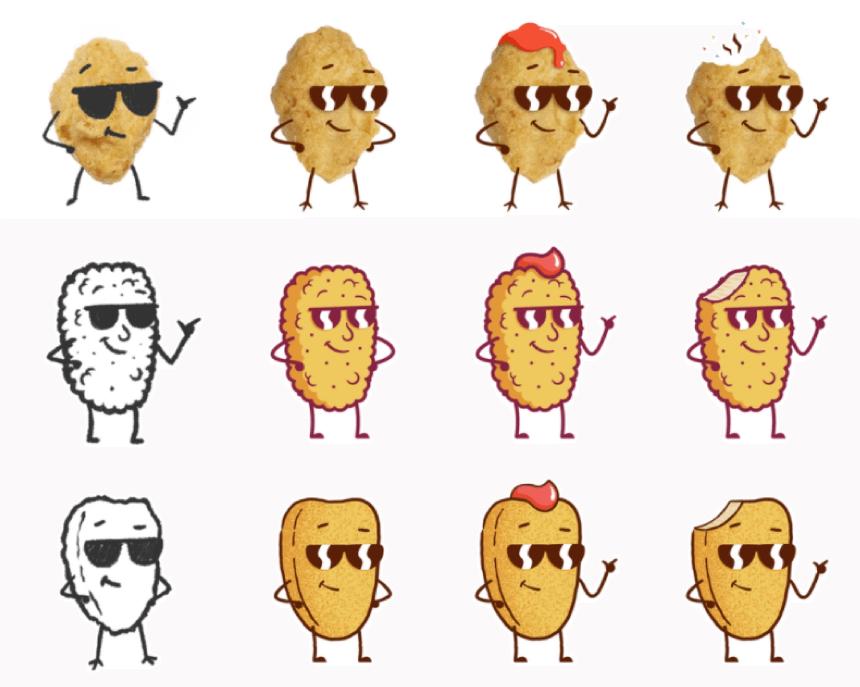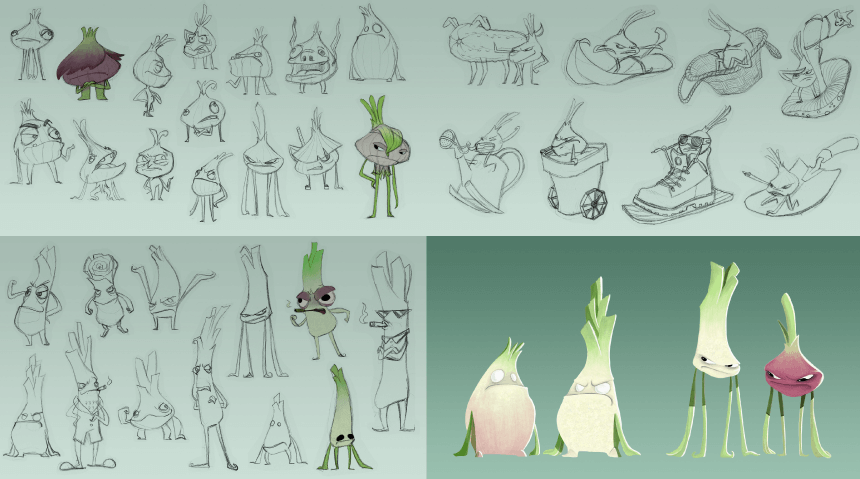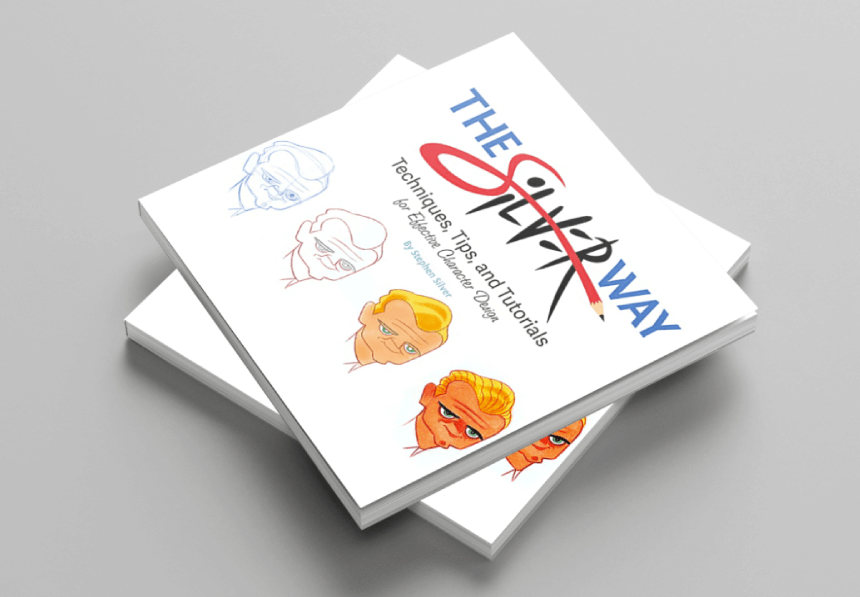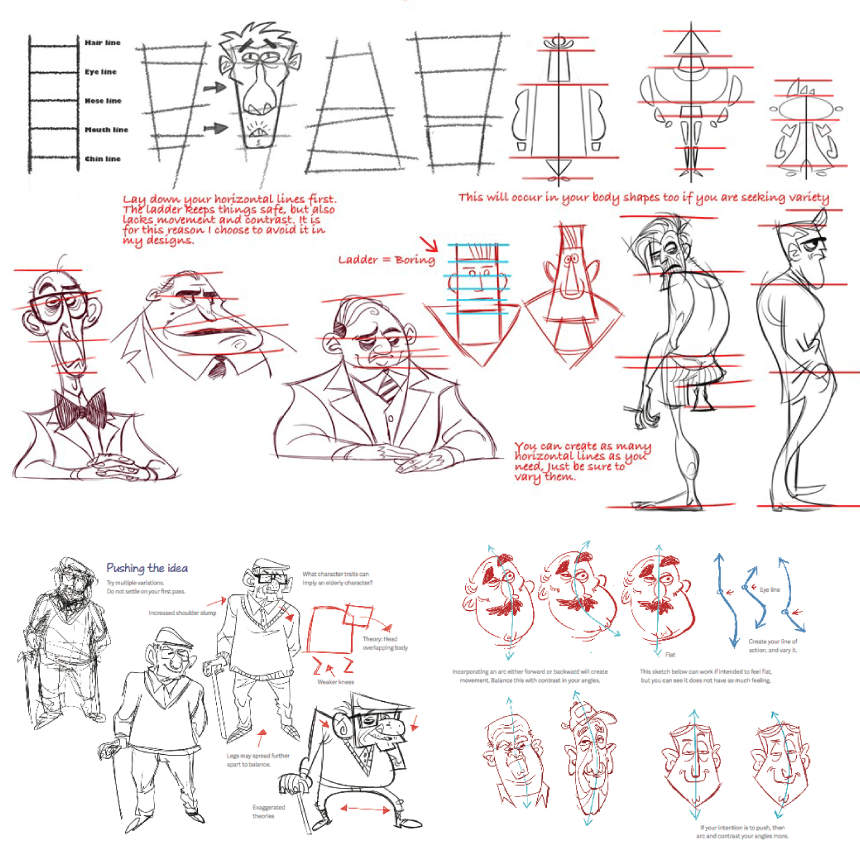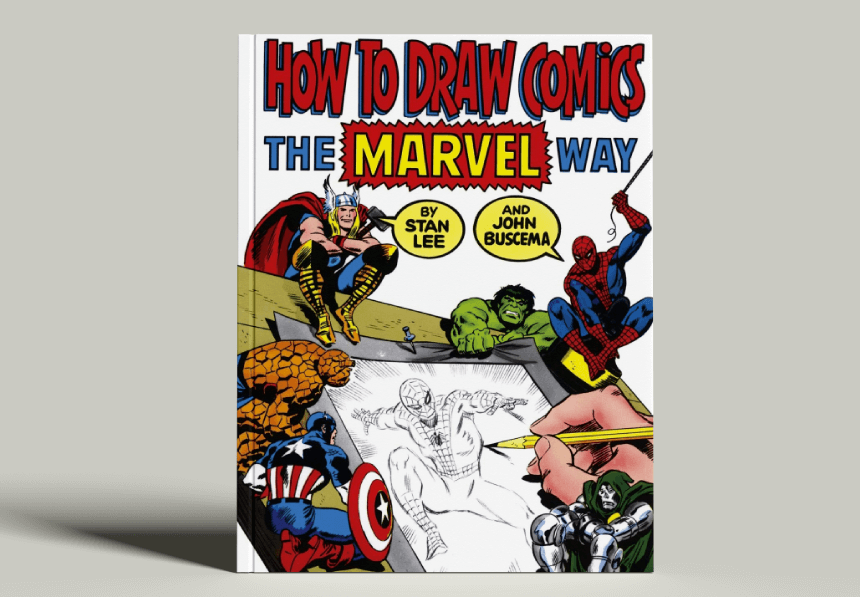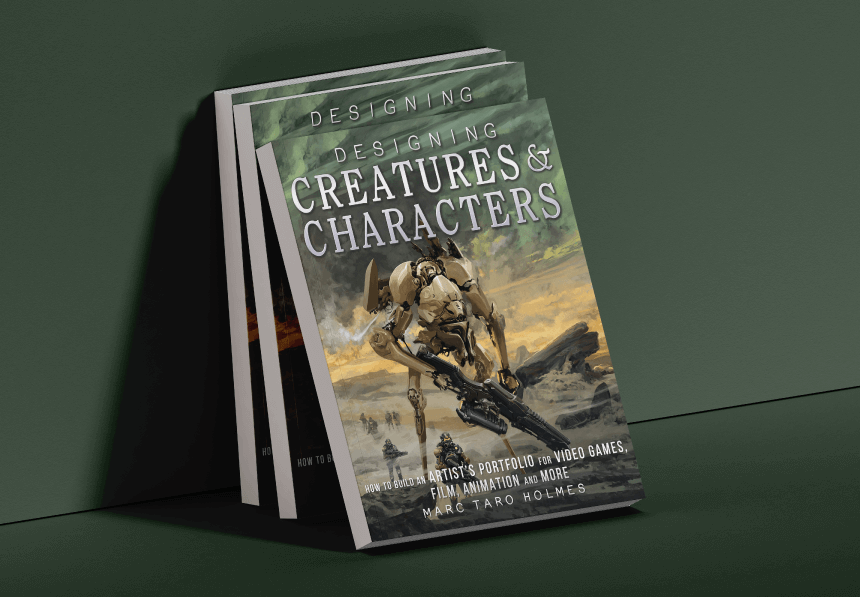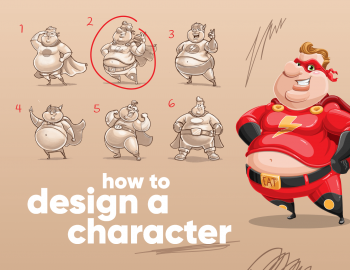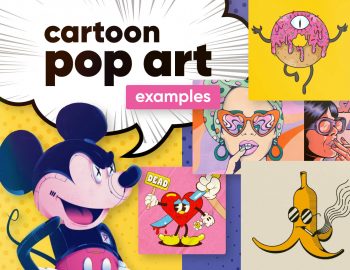Messy rough sketches; trial, and error; countless deleted layers, we all know the drill. It takes a lot of experimentation to get the results you’re really proud of. With this in mind, last time we covered the process of character design and outlined some of the best practices. Today, I’m going to develop the topic even further by listing 9 valuable character design tips that could help you improve your work process. Surely, creating characters is a very subjective concept that depends on your imagination, but when it comes to putting your ideas on paper, there are a few tricks that could give you a hand to turn your imagination in the right direction.
“Any time you design a character for a Disney picture, especially a fairy tale, it’s going to become the definitive design for that character, so you don’t want to hack something out. You need to put in the kind of care it warrants if it’s going to live in history.”
― Glen Keane
If you land on this article you might be already a character designer or an illustrator who wants to experiment with character design. Maybe you’re just curious and wish to know what character designers do to give life to such amazing creations. In each case, I’ll cover some pro tips that come from great names in the industry, as well as from some personal conclusions, and hopefully, give you inspiration and a deeper understanding of the subject of character design.
After all, proficiency comes with practice, creativity with the right mindset, and the right mindset with the habit.
Tip 1: Observe people and try to tell their stories
Body language can be very loud and tell an entire story of a person. Just by observing a person, you can tell they’re cold, happy, flirtatious, disappointed, impatient, and so on. It’s the body posture, the way someone relaxes their hands, and the facial expressions that tell more than a written page of description could.
When you’re in the coffee shop, on the bus, or simply in the elevator next to your neighbors who have just returned from the grocery store. Learn to notice these poses, body language, and expressions and try to exaggerate them in rough sketches to convey feelings. Even the roughest outlines and shapes can speak loudly about the character’s personality and make them feel real and relatable.
This is the essence of the mindset of an artist or a designer. Just by observing people and physical objects, they can instinctively break them into patterns, shapes, lines, and shades. If this sounds like a cool superpower, this is because it is.
Tip 2: Even the greatest character designers use references
There’s a huge misconception that professional artists should be able to create masterpieces directly from their minds. Looking at reference images should be only for beginners. I can’t emphasize enough how wrong this is. Just like I mentioned in the previous tip, using references is a way to break something complex into simple patterns, shapes, and lines in order to understand how it works.
It’s a crucial part of your research.
Sure, a professional character designer with decades of experience knows how anatomy works and why, for example, fingers bend a certain way when they hold an object. However, they don’t create the same character over and over again. They might have to make an alien mantis-like creature or a character that resembles a certain culture. Reference and research are crucial to finding out how a mantis insect behaves or what elements of said culture stand out.
Tip 3: Start small and messy
Beginner character designers might get caught in the moment of inspiration and try to perfectly replicate their idea to the last detail. This is risky because the character will be limited and might not reach their full potential.
In order to prevent this, you can start by listing all your ideas and description as notes so you won’t forget your original concept. From there, you can reach the full potential of your character concept by experimenting with shapes, lines, and everything that will give you a Eureka moment.
Tip 4: Don’t focus on your Art Style
I’ll say it directly: art style is overrated and you don’t really need to develop a unique art style. Many beginner artists and even more experienced ones try to find their unique signature that will make their art style recognizable. Unfortunately, hot water has already been invented and this often makes artists copy the art style of established character designers tweaking it to look differently. The issue with this, however, is bigger than you think.
The sole purpose of an art style is to solve a problem. Let’s take a look at cartoon characters in children’s shows. Notice their hands. You will see alternative solutions for drawing hands such as three fingers, the mittens, or even simple circles (ex. Powerpuff Girls). Indeed, everyone will say that this is simply an art style and it is. However, it’s there for a reason: to solve the problem that realistic hands (or paws) would be an absolute nightmare to animate, especially in the early years of animation when artists drew each frame.
With this in mind, if beginner artists copy a certain character designer’s style, they copy the solution to a problem that they might not understand. In case you really love the art style of a certain character designer and wish to develop something similar, first break it down and try to understand what problem the style solves and how exactly it solves it. This way you would develop the idea and even find your own solution that is better for you.
It’s also the reason why good simplistic characters are created by artists who first learned how to draw realistically, not the other way around.
The benefits of having a flexible art style
As a bonus argument, not having an established art style is a huge advantage when it comes to getting recruited by agencies and big game developing companies. They will know you’re flexible and you can easily adapt to different art styles. On the contrary, if all your characters in your portfolio look the same, recruiters might decide this is the only way you can design characters.
Tip 5: Dynamic silhouette = dynamic character
You’ve probably heard that a lot. Your character is as good as its silhouette. Here’s why. Just by looking at two characters, you will instinctively be drawn to the more dynamic one. This is a simple visual trick. If you shade your character completely in black, you must be able to recognize it, see its pose, how the limbs are positioned, and even some random details that stick. A blobby silhouette, however, translates into a static character.
Therefore, it’s a great practice to even start your character design from the silhouette. The moment you get a readable distinctive character with a strong dynamic posture, it would be easier to start outlining and adding details.
Tip 6: Explore your character
This is not only great for improving your character and getting familiar with them. It’s also a way to make a character presentation. There are a few ways to do explore your character and make them relatable.
6.1 Character expressions
A simple body language of your character can tell their story and expose their personality. The more exaggerated the more expressive. Just like in real life.
6.2 Character angles
Especially for animation, this will give your audience an idea of how your character will look in action.
6.3 Character in their natural environment
By drawing your character reacting or interacting with the universe where they come from, you give your audience the whole picture. In this example, you can easily tell the era, personality, and part of the character’s story.
6.4 Color schemes
Colors are a powerful tool to convert messages, moods, and feelings. What they do best when it comes to character design, however, is to give contrast. Just like with silhouettes, there’s a trick to test your color schemes as well. Simply turn them greyscale and see if the desaturated colors are readable and contrasting.
Tip 7: Keep progress images now. Your portfolio will thank you later
With visual art turning digital, even artists still debate whether digital art is a real art. The main argument is usually that illustration tools automate a lot of the work that a traditional artist would spend hours doing. For example, software programs such as Adobe Illustrator have amazing gradient tools where you can simply choose the colors you wish to blend and the shape and angle of the gradient. This is not the case when you try to blend colors with acrylic paint on canvas.
Now, imagine where this leaves nonartists. It’s crazy how many people would look at a perfect detailed realistic character design by Blizzards and say something of the sort: “Nah, they have programs for this. A computer program generated this image, not a human.” And the moment you show them the actual progress from rough sketch, to outline, to base colors, to shading and polishing, it blows their minds.
And you want to blow people’s minds with your characters.
About that portfolio
One of the best character design portfolio tips one can give you is to always showcase your progress. If you go on ArtStation or Instagram, for example, you will notice that the most engagement goes to the artwork that offers multiple images with shots of progress and details.
People love to see progress. It’s not only satisfying for the wide audience. It’s also insightful for aspiring character designers and recruiters. Having a detailed history of the progress of your character design project serves the same purpose as case studies in UX designers’ portfolios. Recruiters will see how you think and how you solve problems. This might be the deciding factor that will prioritize your portfolio before someone else’s.
Don’t be afraid to show off what you got.
Tip 8: Everything can become a character
There’s a manga series Excel Saga that has a literal wormhole character with arms and legs (Google for The Great Will of the Macrocosm, you can thank me later). This alongside other examples of creative character design means there are no rules about what has the potential to be a character.
Your inspiration can come from everywhere. A chicken nugget? You got it:
Often you might be given the task to create a mascot for a brand. In most cases, this mascot will be the embodiment of a product and you’ll end up designing a charming character dishwasher, a bag, a hamburger, or who knows what else and give them a story and personality.
Tip 9: Research other character designer’s portfolios
There are a ton of portfolios of established character designers you can learn from. Just by getting the mindset to always break down things into patterns and study them, you will learn more from it than from any book or tutorial out there. One of the best places to search for great portfolios is ArtStation.
If you wish to become a game character designer, you might not only wish to look at the portfolios of senior character designers but also the junior ones. This way you’ll know the level of quality it requires to be hired at a certain studio. Study their progress, discover how they think, and solve problems. The same goes for animation studios.
For beginners, the best tip for character design I could give is to learn from the best. This is why I will list three of the best and most insightful books on character design out there that will give you a head start in understanding how character design works.
1. The Silver Way: Techniques, Tips, and Tutorials for Effective Character Design by Stephen Silver
Stephen Silver is a cartoonist and character designer most known for Kim Possible and Danny Phantom. In his book The Silver Way, he offers more than 200 pages of detailed guides, tutorials, and practical tips for observation, movement, gestures, construction, rhythm, and other important aspects of character creation. It’s well-written, easy to understand, and very practical.
2. How to Draw Comics the Marvel Way by Stan Lee and John Buscema
This book by the one and only Stan Lee doesn’t give you tutorials on how to draw Spiderman, Cap, or the Incredible Hulk. How to Draw Comics the Marvel Way does something much more valuable: it teaches you how to draw Marvel-style characters from stick figures and how to improve your skills. This includes how to ink, how to draw action poses, and how to make your panels enjoyable and dynamic. All these skills are not just useful for aspiring comic artists but for character designers in general. The best part is, the book is also suitable for kids.
3. Designing Creatures and Characters by Marc Taro Holmes
For more experienced character designers interested in concept design, Designing Creatures and Characters: How to Build an Artist’s Portfolio for Video Games, Film, Animation, and More offers practical tips and gives an outline of what your outcome should look like, and why this is important in the office. It aims to improve your skills by offering tips and exercises to challenge your way of thinking in 35 projects for different skill levels.
That’s it!
Those were the 9 practical character design tips to improve your skills and become the character designer you were meant to be. In conclusion, if we can sum up all the things from this article, we can outline one basic principle. It’s developing the habit and skill to be able to take something complex and break it down into patterns. The very understanding of how things are done is the key to improvement.
In the meantime, why not take a look at the related articles to get some more inspiration, insights or grab a couple of freebies:


